When to dig up and how to store hyacinth bulbs?
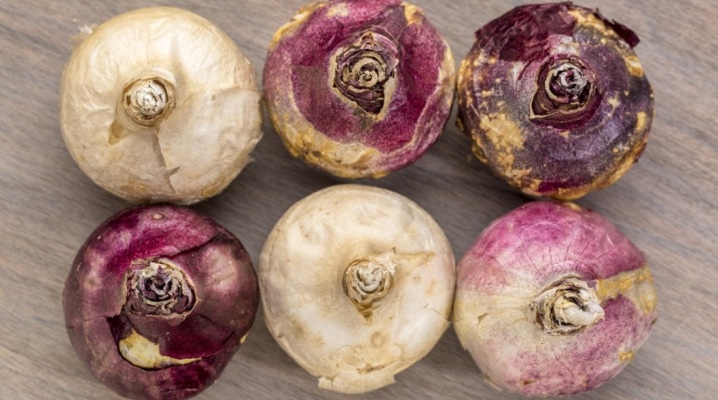
Hyacinth is a very beautiful bright flower that belongs to bulbous plants. It blooms one of the first in early spring. But in order for the flower to remain healthy and delight you with its beauty every year, you need proper care for it. It is very important to know how to take care of hyacinth bulbs. It seems that there is nothing difficult in caring for them. But this is not the case. Hyacinth owners need to know how and when to dig up the bulbs, how to store them, and when to plant them.
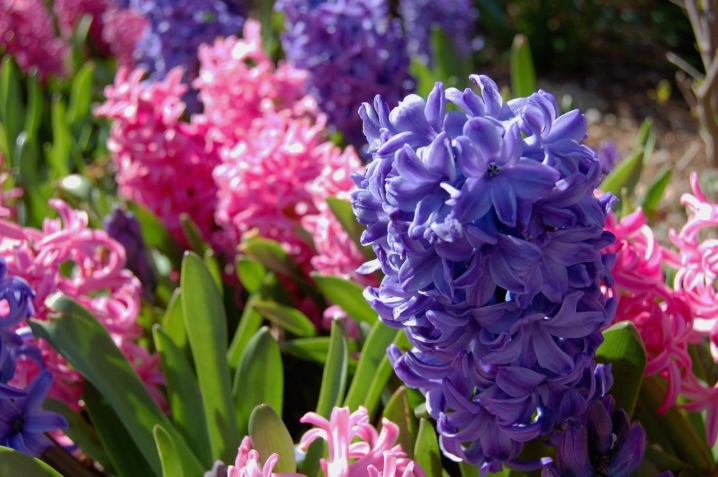
Do I need to dig it up?
Most often, hyacinth owners wonder if they need to dig up the plants annually. Experienced gardeners recommend removing hyacinth bulbs from the ground every year. If you do not do this, then the following problems may arise.
- Overheat. If hyacinth bulbs are left in the open field after flowering, the summer temperature can harm the plant by dividing it into several parts. This can significantly weaken the flower, and therefore will stop flowering in subsequent years.
- Root development. If you do not dig up the plant, then this will contribute to the deepening of the roots into the soil. Too large roots will weaken the hyacinth, and it will also be difficult to remove it from the ground without damaging the plant.
- Disease propensity. The longer the hyacinth stays in the ground, the more it will be susceptible to viral and fungal diseases. In addition, a weakened bulb is more likely to get sick if not stored properly.
- Pests. In summer, any garden is full of different pests, so the bulbs left in the ground are prone to destruction by rodents, worms and insects.
- It is difficult to identify a bad plant. If hyacinth is constantly in the ground, then it is very difficult to know if the bulbs are healthy and if they are missing. In addition, a plant that is sick or dead due to illness can infect healthy bulbs.
- Poor frost resistance. If you do not dig up hyacinths for the winter, then they greatly weaken and do not tolerate frost well, as a result of which they may stop blooming or completely disappear.
- Excess moisture. It is extremely difficult to control the soil conditions in which the bulbs are left. This means that plants can suffer from excess moisture.
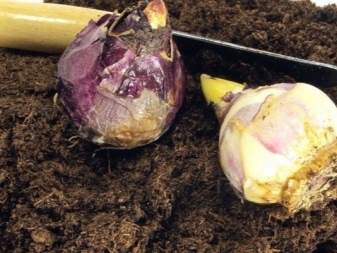
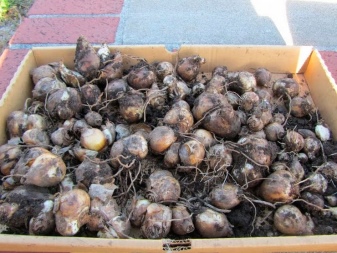
Most often, it is imperative to dig up hyacinths before winter. But there are times when this is not necessary. For example, if you live in a region with warm winters, then you can safely leave the plant to overwinter.
Timing
In order not to harm the hyacinth and keep its bulbs healthy, it is important to know when to dig it up. The digging time depends on the region in which you live. The warmer the climate, the earlier you can dig up the hyacinth. This is an early flowering plant, so you can remove its bulbs in early summer - late June or early July. But you shouldn't be guided only by time. When the leaves of the hyacinth have turned yellow by a third and have begun to wither, you can begin to prepare the bulbs for rest.
Do not wait for the foliage to dry out completely or fall off, then it will be difficult to find the bulbs in the ground.
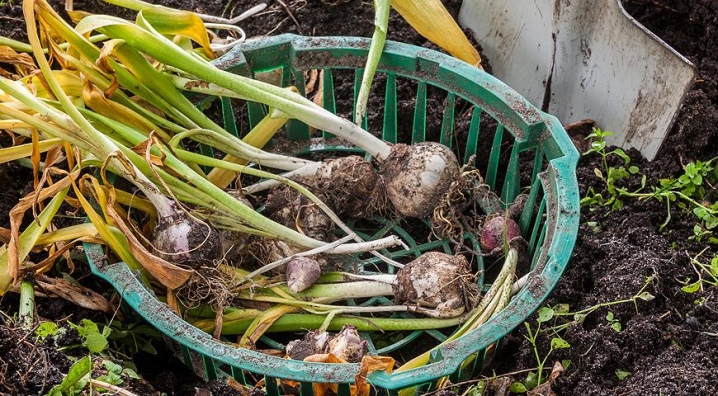
Step-by-step instruction
After the foliage has withered and turned yellow, you can remove the bulbs from the soil. When digging, you need to adhere to the following procedure.
- After the hyacinth has faded, you need to start actively caring for the plant so that the bulbs gain nutrients before resting (loosen the ground, regularly water with warm water and fertilize with mineral fertilizers).But a few days before you plan to dig up the hyacinth, you need to stop fertilizing and watering it.
- Digging should be done in dry, clear weather so as not to damage the roots and the bulb itself.
- You can, of course, extract hyacinth bulbs from the ground with a pitchfork or an ordinary shovel. But it's best to use a small garden trowel to avoid damaging the roots and splitting the bulb. Dig deeper into the ground to get the body of the hyacinth with all the roots intact.
- After you have removed the hyacinths from the soil, you need to clean the bulbs from the earth (if the soil was wet, it is better to wait until the earth dries out so as not to damage the plant) and dry husks. And also rinse with warm water. If the leaves are not completely dry, then it is better to leave the bulbs for a couple of days in a cool, ventilated room until the foliage is completely dead, so that the hyacinth absorbs all the nutrients. After that, cut off the dried shoots with special scissors.
- The dried bulbs need to be sorted out, separating the sick and small ones (small "children" should be separated from the rest and dried, and then planted in pots so that they increase in size and are ready for transplanting into open ground). After that, the plants should be treated with a solution of potassium permanganate.
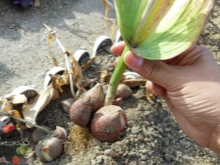
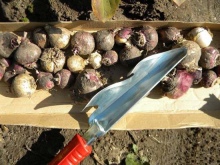
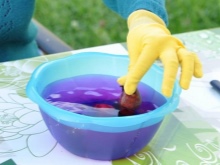
Bulbs storage rules
This is the most important part, because the health of the bulbs depends entirely on proper storage. Consider the rules and sequence for storing hyacinth at home. The average rest period of a hyacinth is 3-4 months. Storage is divided into several stages.
- Stage 1 - one week. During this time, the bulbs must be dried at 20 ° C.
- The second stage is the longest - 2 months. After the bulbs are dry, they must be transferred to wooden or plastic boxes in one layer. Then you need to make a wedge-shaped cutout on the bottom with a sharp knife to remove the kidney, and then treat this place with activated carbon powder (this is necessary so that the bottom does not rot). To prevent moisture from leaving, you can cover the plants with moss or ordinary burlap, sprinkling with water from a spray bottle from time to time. The room temperature should be up to 27 ° C, the room should also be well ventilated, there should be no direct sunlight (it is better to keep the plants at home). Do not forget to sort out the bulbs from time to time, throwing out the diseased and spoiled ones.
- The last stage is before planting in the fall. At this time, you need to lower the temperature to 17 ° C. And in the last week, the temperature should be 10 ° C to harden the plants.
Remember to maintain a favorable moisture level so that the fruit does not dry out.
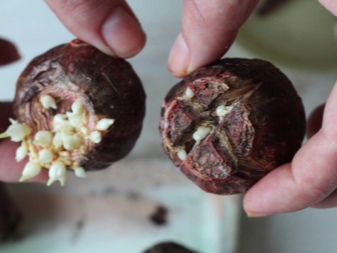
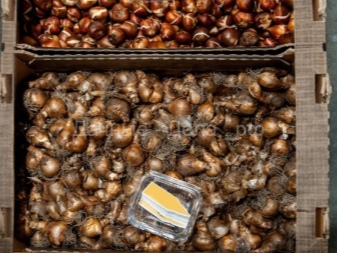
Recommendations
As we have seen, perennial hyacinth tubers need careful maintenance. Consider a few more nuances associated with digging and storing these plants.
- A sharp drop in temperature. When storing the bulbs, the correct temperature is required for the stem to form properly. However, you shouldn't go too abruptly to 10 ° C to keep the plants healthy. If the temperature change is made gradually, then the hyacinth will become more resistant to frost, which will allow the tubers to remain in the soil for one season.
- Mold. If the storage rules are violated (high humidity), mold may appear on the bulbs. This is why it is imperative to regularly look through the boxes of stored bulbs and discard spoiled seeds to prevent mold from spreading to others. After you need to process the rest of the fruits with potassium permanganate.
- Children. After you dig up the bulbs, you need to peel them. But this should be done very carefully so as not to damage the hyacinth fruit itself, as well as its children (small bulbs are formed after flowering). Small onions need to be separated, washed and treated with manganese. After they need to be planted in pots at home and looked after, ensuring regular watering and feeding.After 3-4 years, the tubers will gain a normal volume, and they can be planted in open ground along with other hyacinths.
- Treatment. As mentioned earlier, hyacinth bulbs need to be processed if they are with infected specimens. Although it is possible to carry out disinfection for prophylaxis. After the bulbs have been washed and cleaned, they should be soaked in hot water (no higher than 50 ° C) for 10 minutes. Then treat with a solution of karbofos (leave for 30 minutes) or manganese (5 grams of potassium permanganate per 10 liters of water).
- Speed up the process. If you want to speed up the drying process of the bulbs, then simply increase the temperature in the first and second periods by 5 - 7 ° C.
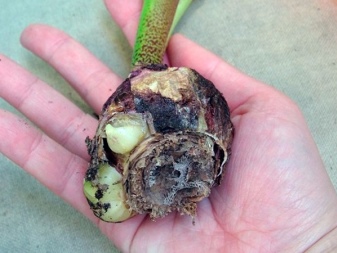

In fact, hyacinth is not as difficult to care for as it might seem at first glance. But following simple rules, you will get a very beautiful and healthy flowering plant.
See below for tips on digging up and storing hyacinth bulbs.







































































































The comment was sent successfully.